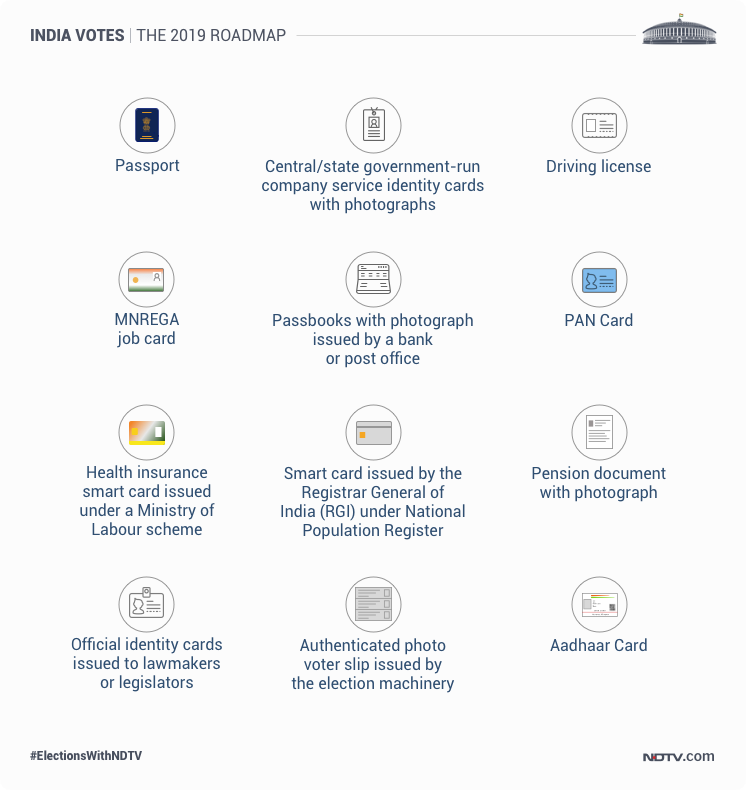Election FAQs
All Your Questions Answered
Countdown To Results
2025 Assembly Elections All Your Questions Answered
When are Delhi assembly elections?
The dates for the 2025 assembly elections for Delhi are yet to be announced. However, they are likely before the end of February.
How many seats are going to polls?
Elections will be held in 70 seats in Delhi.
Who are the major players?
Delhi will likely see a direct competition between the Aam Aadmi Party and the BJP.
What is model code of conduct? When does the model code of conduct come into effect?
The model code of conduct is a set of guidelines that candidates, and political parties and governments must follow to keep elections fair. These generally include restrictions on government announcements and freebies that can influence voters.
The model code of conduct comes into effect as soon as the Election Commission announces poll dates.
What if I can't find my name in the electoral rolls, who do I go to for help?
You can contact the nearest Election Commission office or visit the National Voters' Services Portal at www.nvsp.in.
What if I don't have an election card? How do I register? Can I register online?
Even if you don't have an election ID card, you can still vote with most government-issued photo identity documents. These include:

If don't have these, you can register both offline and online for a voter ID card.
To register offline, you have to visit the state election office and request a Form 6. After filling in the necessary details and providing all relevant documents, you can submit the form to be issued the election ID at a later date.
You can also register online by visiting the National Voters' Services Portal at www.nvsp.in.
Can I use my Aadhaar card to vote?
Yes. As long as you have your name in the voters' list, you can walk in to a polling booth and cast your vote with an Aadhaar card as ID proof.

Can I vote using postal ballot?
Only if you work for the military, the government or are on election duty and are posted outside your state; or you have been taken into custody as "preventive detention".
Do NRIs have any voting rights?
Yes, as long as they have not acquired citizenship of any other country and are otherwise eligible to be registered as a voter at their place of residence in India.
When did Election Commission switch from paper ballot? How long would counting take then?
EVMs were first used in 1982 in 50 polling stations in a by-election to Kerala's Parur assembly seat. The first large scale use of EVMs was in 1998 when it was used in 16 assembly seats in Madhya Pradesh, Rajasthan and Delhi. The 2004 Lok Sabha election was the first parliamentary poll conducted entirely on EVMs.
EVMs sped up the process of vote-counting by more than 10 times in some cases. While the counting of ballot papers took between 30 to 40 hours in each assembly constituency, these days results or trends emerge within two to three hours.

Can we trust EVMs?
The Election Commission says EVMs are tamper-proof and accurate.
Questions have been raised over EVMs in the past few years, mostly from parties that have lost the polls (the same parties have often swallowed the questions when they won elections).
To set questions and doubts at rest, the Election Commission organised a "hackathon" last year, but the allegations of voting machines being manipulated persist.
But given the sheer scale of Indian elections and the size of the electorate, EVMs are unlikely to be discarded. Experts say they are certainly much less "hackable" than ballot boxes which have been known to be stolen, switched or destroyed.

What are EVMs? What are VVPATs?
An EVM or Electronic Voting Machine is an electronic device for recording votes. It consists of two units - a control unit and a balloting unit.
Since 2010, the Election Commission has been phasing in a third unit called the VVPAT or the Voter Verifiable Paper Audit Trail, which allows voters to verify that their votes have been recorded correctly by printing a paper receipt. This system will be used with all voting machines in the upcoming assembly and general elections.

What is NOTA and when was it introduced?
NOTA or "None Of The Above" is a voting option on EVMs that allows voters to reject every candidate in their constituency. It was introduced In October 2013 following a Supreme Court order.
What would happen if number of NOTA votes were higher than the votes for main parties contesting?
According to the Election Commission, even if the number of voters choosing NOTA is higher than the number of votes polled by any of the candidates, the candidate who has the largest number of votes has to be declared elected.
What are bellwether seats?
Bellwether seats are those that have historically voted for the winner. The sentiment in the run up to the polls and early trends on counting day in these seats often act as some of the surest indications of what the outcome will be.


